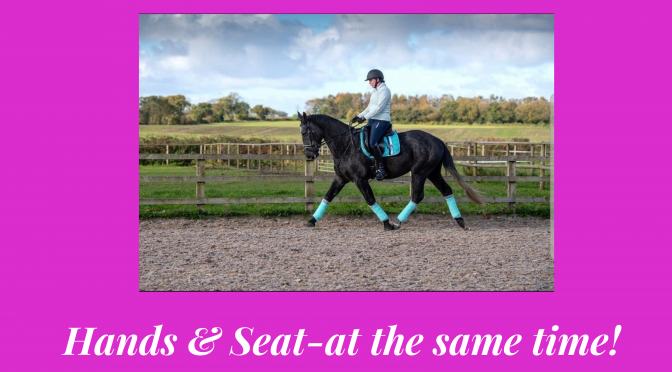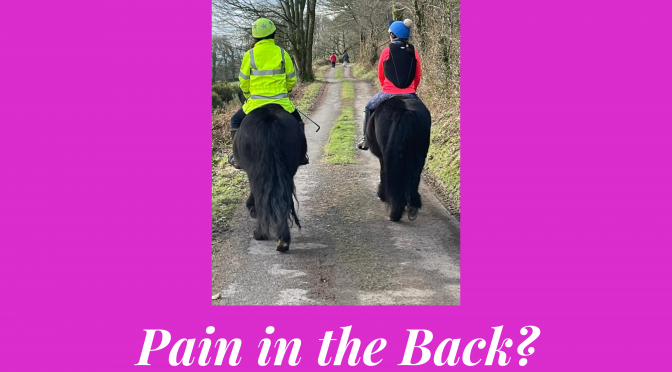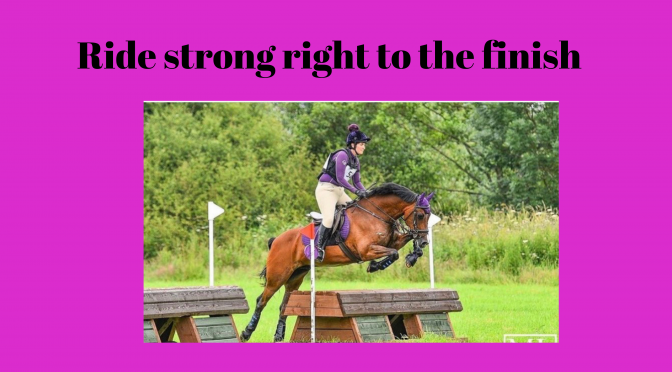Back pain and related issues such as hip pain and sciatica are something I see a lot in the riders I work with. It’s something I’ve studied, dealt with in my own body and something I have worked with many clients on-riders and non riders alike.
It’s a complex issue and can be multi factorial so I’m not going say I have all the answers for you. All of my clients have been different in their journeys. Some are non specific back pain clients who just need some guidance and hand holding finding what works for them , some are hoping to avoid surgery and some are post surgery.
What I find super interesting is the attitudes around back pain with riders. Often someone will still be riding, maybe mucking out etc….but they’re worried an hours supervised exercise with a professional is going to harm them? I can assure you I’d have to go seriously out of my way to actually do that if you’re already managing all that!
Of course you might have some muscle soreness afterwards but that’s completely normal after any exercise, ask a high level athlete if they get sore after training sessions despite being super fit and they’ll say “heck yeh”. Often part of my job is just reassuring people that discomfort, pain etc is normal and in most cases not a sign of extensive damage.
Anyway back to the helpful stuff.
Any Dr worth his certs will tell you that exercise can help manage back pain. However where you start with exercise is the really important bit. As is trial and error.
Strengthening the muscles around the hips (glutes etc…) and the muscles of the back (you’ll have probably included the rest of the body by doing this so you will have balance) can help but it’s important you start small and focus on good form. This could be Pilates or it could be more traditional resistance training-I tend to do a hybrid with my clients depending on their needs.
For some people Yoga really helps -it’s how I started my fitness journey from back pain so I’m definitely a believer in it’s magic.
With Yoga I think the physical is as important as the mental, as your emotional state can have an influence on your pain levels and I think Yoga can be a great tool for this. For me and some of my clients doing a flow style yoga switches off the brain, calms the mind and therefore brings with it some relief in pain levels.
As I said back pain can be multi factorial so you’ve looked at exercise, then your mental well-being so now let’s look at how your day to day movement patterns look.
You could exercise every day but if you then spent the rest of the day either stationary or in a variety of poor postures and repetitive movement patterns that hour isn’t going to undo that.
The body likes movement, and being stationary even if you held yourself in a “perfect posture “ sat at a desk all day it wouldn’t negate the need for regular movement. On the flip side if you muck out 10 stables all the same way that’s a constant overuse of one set of muscles so is equally not ideal.
Ask yourself how much time you spend moving each day. If you’re stationary at your desk most of the day try adding in some stretches to open your chest up, do some left to right rotations and stand up or walk around for periods to break up the sitting.
If you’re fairly active ask yourself what repetitive patterns you do that may not be helpful and see if you can possibly adapt them. If not, add in some movement the opposite way to help regain some balance.
Like I said it’s multi factorial so there’s no one size fits all fix, it’s just looking at the obvious factors like daily movement patterns, physical fitness and mental well-being and finding what works for you in those areas.
It’s understanding that there may be set backs, but that doesn’t mean it isn’t working or that you should give up.
If you’re struggling then working with a professional like myself or a Sports Physio can give you the confidence you need to make progress. I know you’d make that kind of investment if your horse needed it so give yourself the same treatment and know that in doing so you’re more likely to still be riding your horse for years to come.








